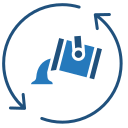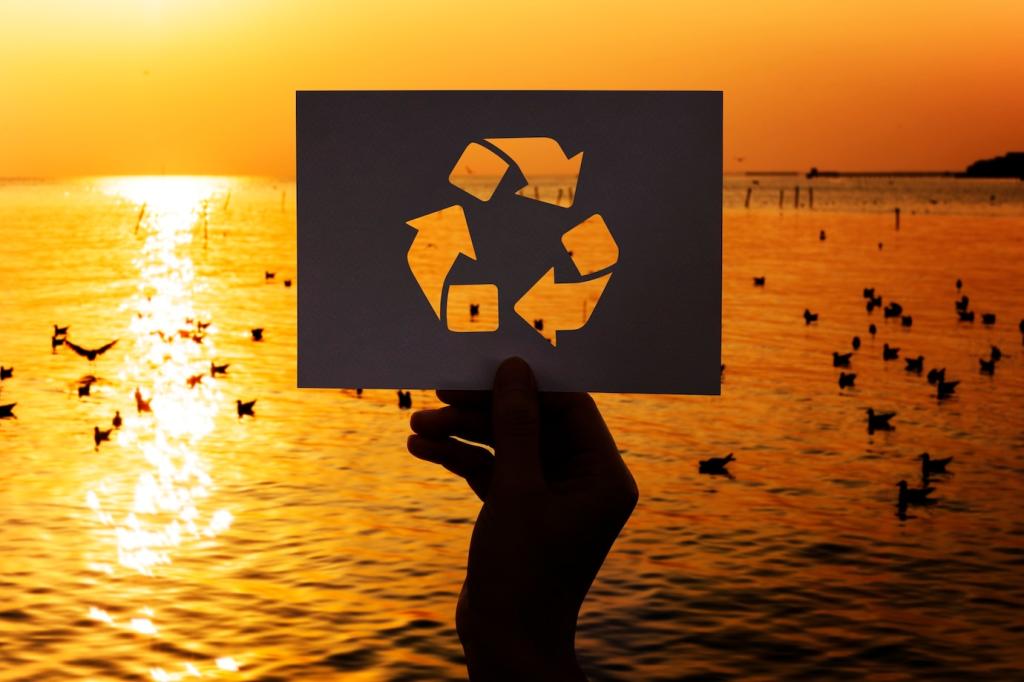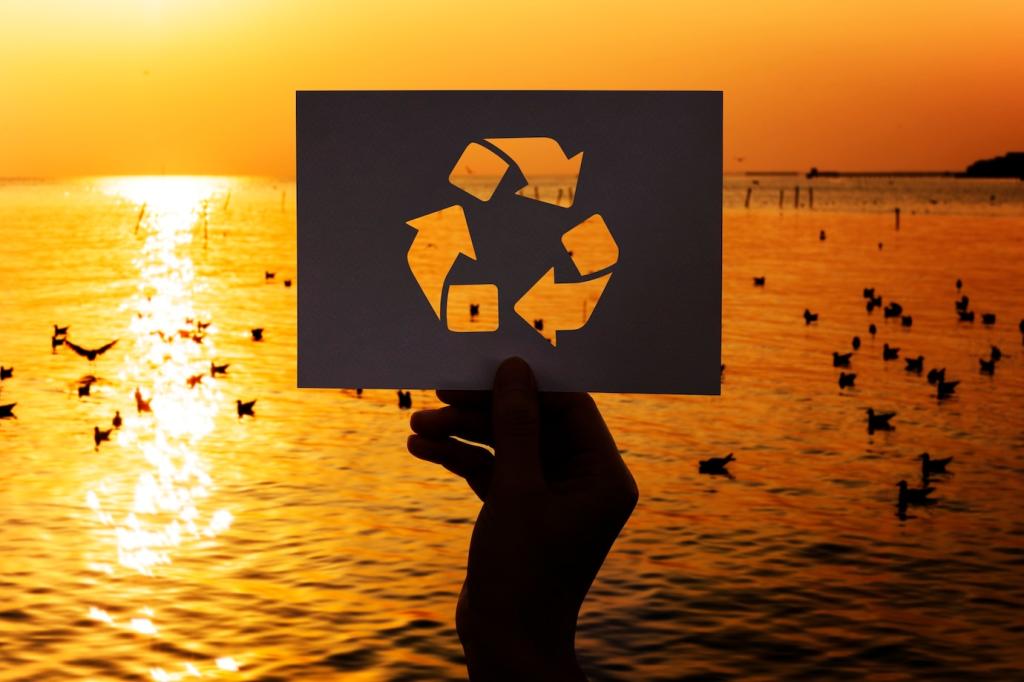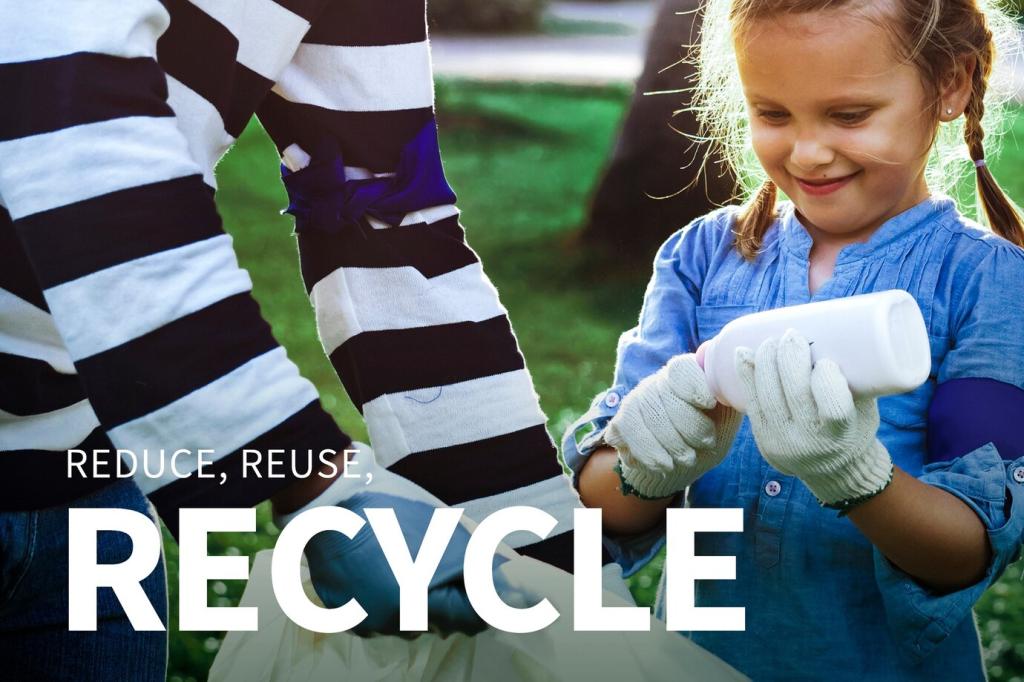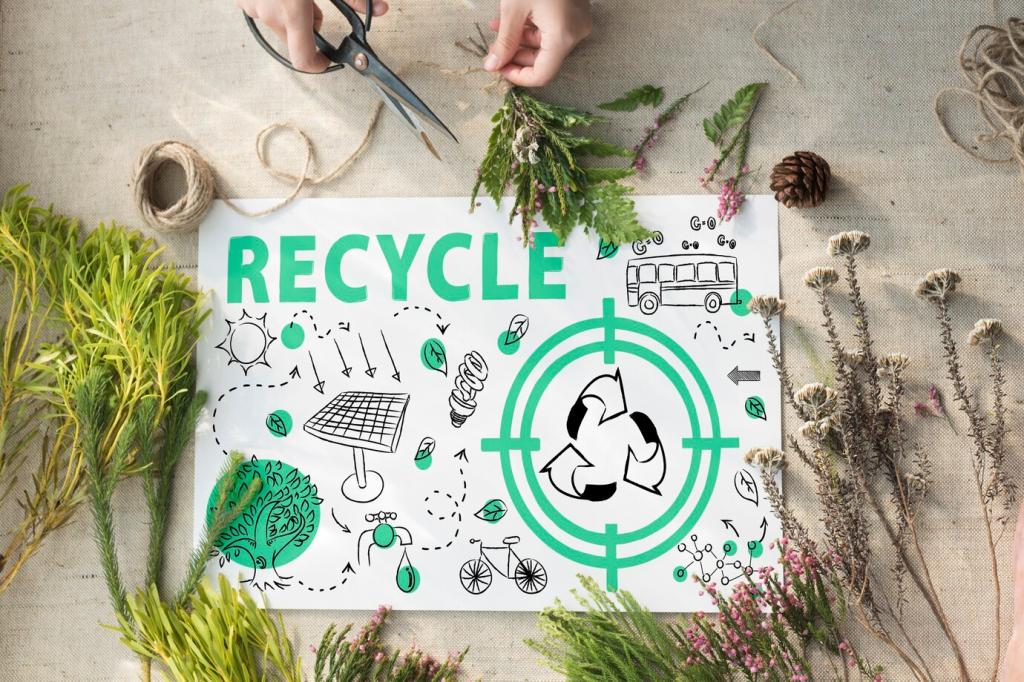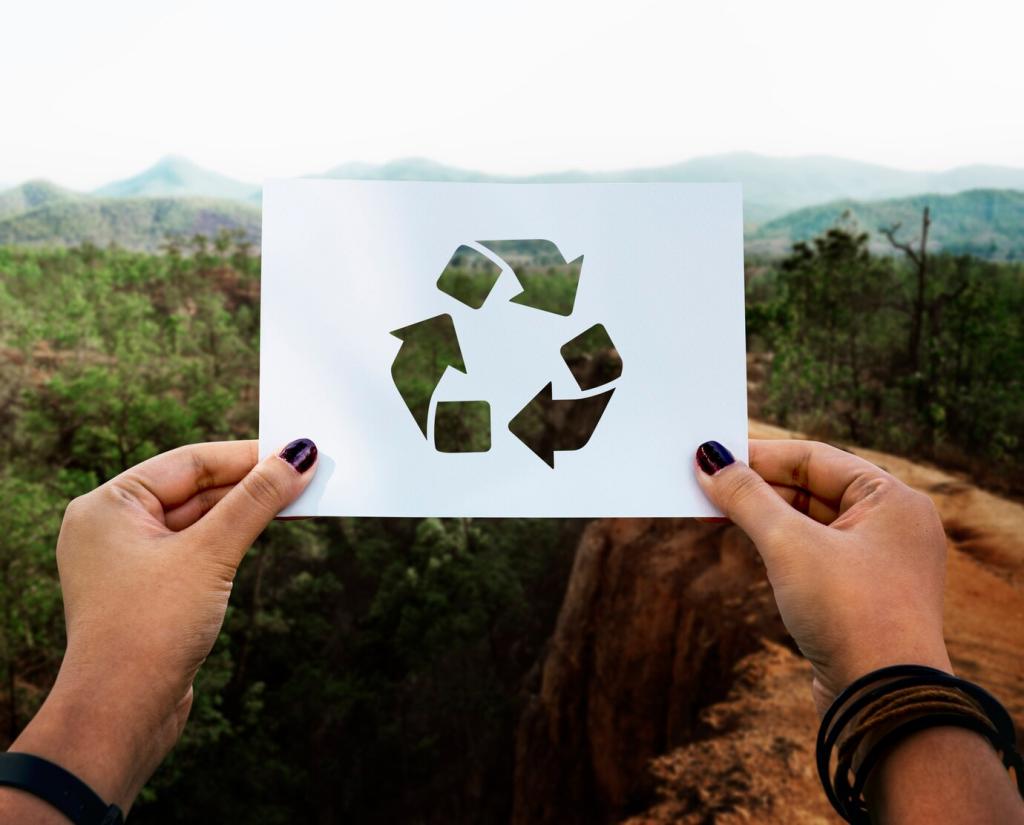Why Textile Waste Matters Now
Every garment carries a hidden itinerary, from fiber farms and dye houses to warehouses and, too often, landfills. Mapping this journey reveals where decisions—buying, laundering, repairing—can dramatically reduce waste. Share where your garments usually end up.
Why Textile Waste Matters Now
Textile waste contributes to overflowing landfills, methane emissions, microplastic pollution, and squandered water and energy. Rethinking our fashion habits cuts these impacts at the source. What shocked you most about the hidden costs? Tell us in the comments.
